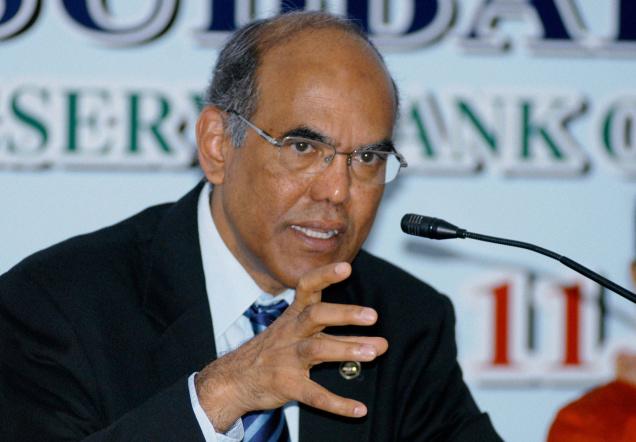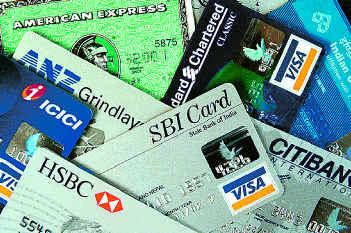
The Reserve Bank of India (RBI) may be getting brickbats elsewhere, but it has kept its owner, the Government of India, happy with good dividends. It doubled the dividend to the Government this year to Rs 33,010 crore.
The RBI was able to do this thanks to a 40 per cent growth in its income to Rs 74,358 crore. Seventy-two per cent of this income, or Rs 53,611 crore, was from domestic sources (profit on sales of securities, interest on LAF/MSF operations, interest income, interest from loans, commission etc.) The balance Rs 20,748 crore was from foreign sources.
The RBI’s expenditure rose 25 per cent to Rs 12,549 crore. After carving out Rs 28,794 crore towards internal reserves, the central bank had a net disposable income of Rs 33,014 crore. The RBI’s financial year ends on June 30.
Rs 26,247 crore was transferred to the Contingency Reserve (CR) of the RBI, maintained to provide for contingencies/ unforeseen events (such as depreciation in the value of securities, risks from policy operations). This reserve is now at Rs 22,1652 crore.
The RBI has not, however, used this amount in the past few years.
Taken together with the Asset Development Reserve (to meet internal capital expenditure requirements), the balances represent 10 per cent of the total assets of the RBI as against an indicative target of 12 per cent recommended by an internal study group.
The institution’s balance sheet expanded by 8 per cent in the July-June year to Rs 23,90,700 crore.
In the previous year (July 2011-12), it had grown 22 per cent.
The expansion in balance sheet is explained by the increased holding of government securities, foreign assets by the RBI on the assets side and an increase of 9 per cent in the notes in circulation on the liabilities side.


